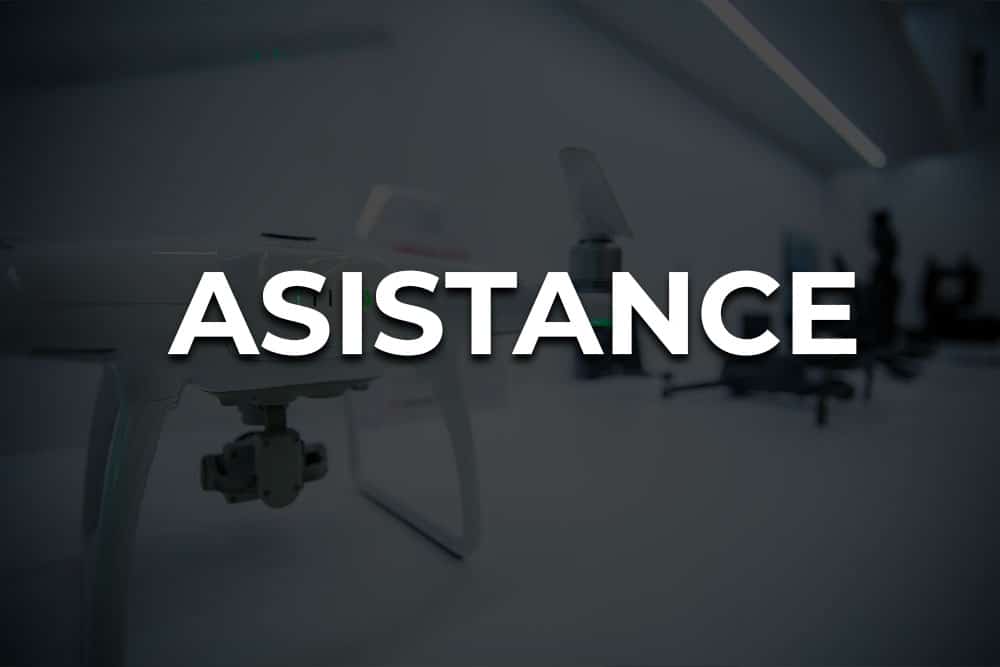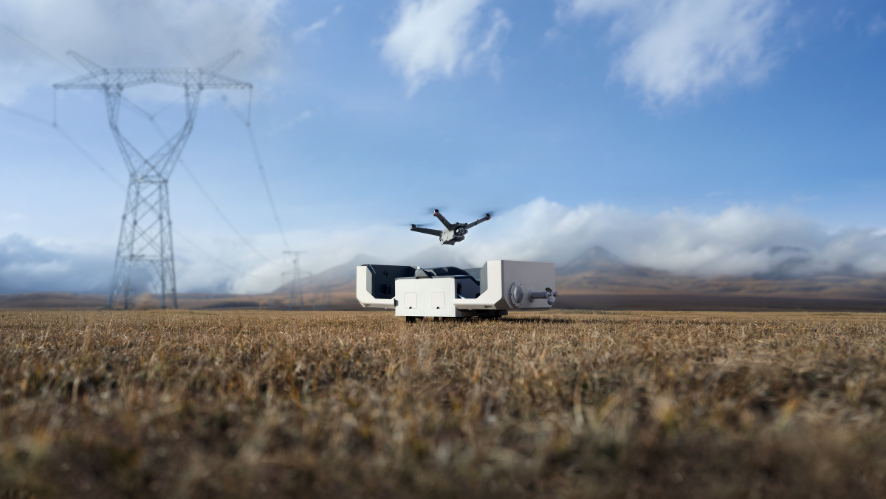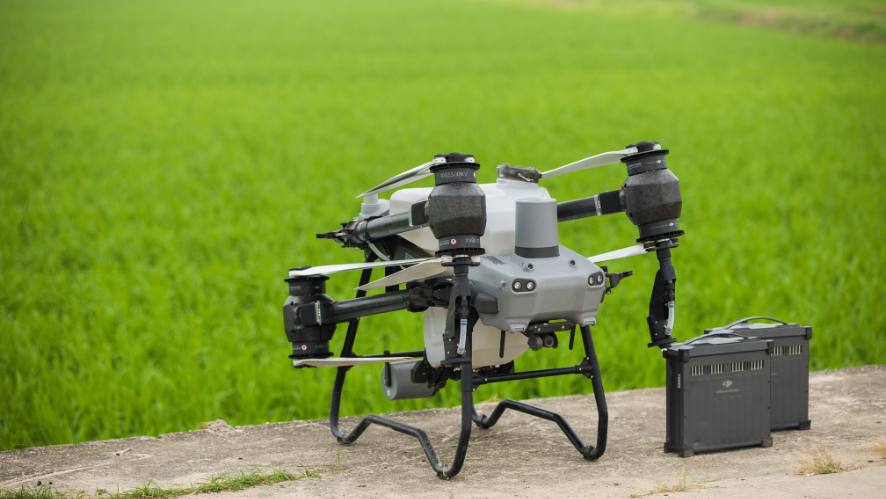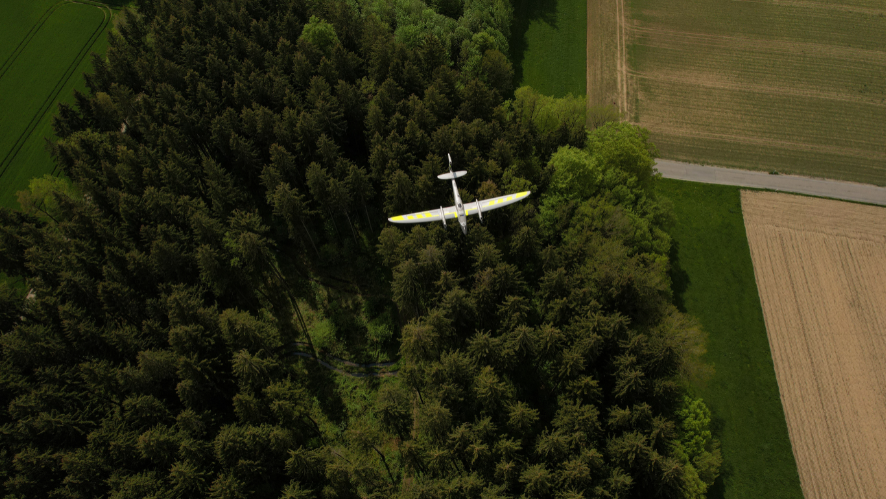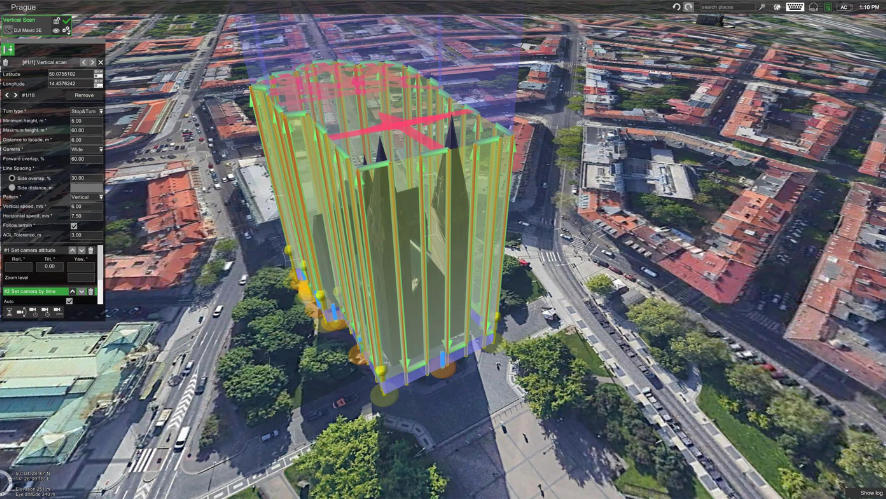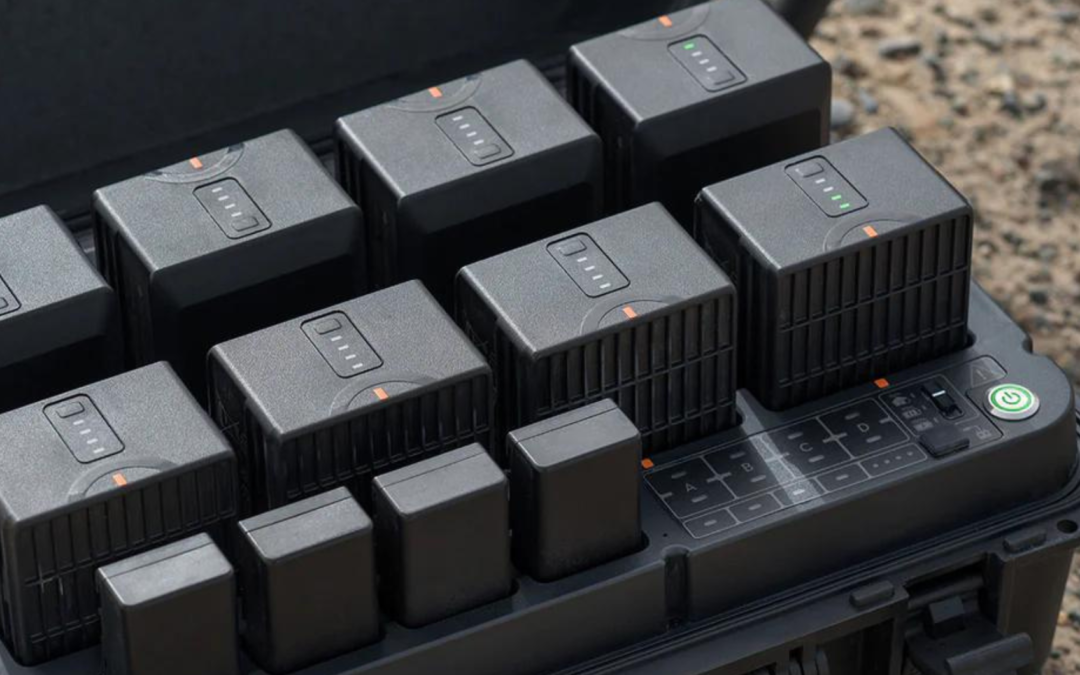Battery safety data sheets
“Airlines now require proof (a) lithium content (b) that the batteries comply with the UN Manual of Regulations for Batteries (which all airlines around the world now use as a standard).
Batteries with a capacity of less than 100 Wh
The batteries that power your phone, laptop, and camera are usually under 100 watt-hours (Wh).
If you carry a spare battery that is not in one of these devices, it should only be in your carry-on luggage.
Spare batteries, regardless of their size, should not be carried in checked luggage.
Lithium-ion battery of 100-160 Wh
They are more powerful batteries and can be found in industrial equipment such as power tools and mobility aids ranging from 100 to 160Wh.
You must have approval from your airline before flying.
If the battery is installed in a device, it can be transported in checked or carry-on luggage.
If it’s a spare battery – meaning the battery goes alone and is not contained in the device – it should only go in the carry-on luggage.
Spare batteries, no matter their size, should not be transported in checked luggage.
There is a limit of two spare batteries per person. These batteries should only go in your carry-on luggage and their terminals should be individually protected to minimize the risk of contact with other metal objects in the luggage.
How to protect the battery against short circuits
Short-circuited batteries have been responsible for numerous fires on board, so it’s important that all spare batteries have their terminals properly protected.
For this
- Keep the batteries in their original packaging.
- Isolate the battery terminals by sticking tape on the exposed terminals.
- Put each battery in a plastic bag or separate protective case.
Lithium-ion batteries of 160 Wh or more
You can’t carry lithium batteries over 160Wh, unless they are for wheelchairs and other mobility aids.
These batteries must be transported as declared dangerous goods. Contact your airline for advice.
What is your power in watt-hours (Wh)?
Most modern batteries have the watt-hour (Wh) rating on the casing so you can see how powerful they are.
Some older models may not clearly display the power in watt-hours, but you will be able to see the voltage and amperage, which will make it easier to calculate the watt-hours.
To calculate the battery watt-hours, multiply the voltage (V) by the ampere-hours (Ah). For example, a 12-volt, 5 amp-hour battery will have 60 watt-hours. If the battery is rated in milliampere-hours (mAh), divide the final answer by 1,000 to get the watt-hours. V x mAh / 1000 = Wh. For example, 6 volts; 2,500 mAh battery will be 6 x 2,500/1,000 = 15 Wh.
For more information, please contact us. Click here to download the data sheets for each drone.
______________________________________________________________________________________________
|
|



